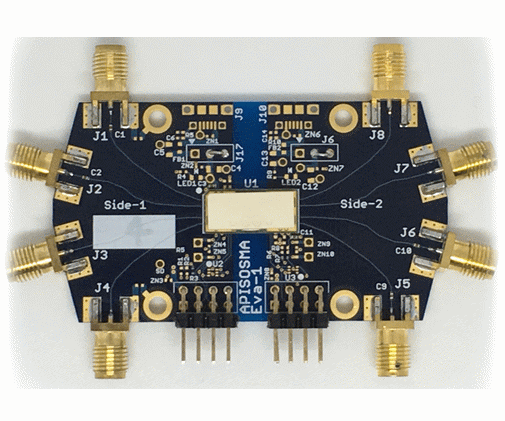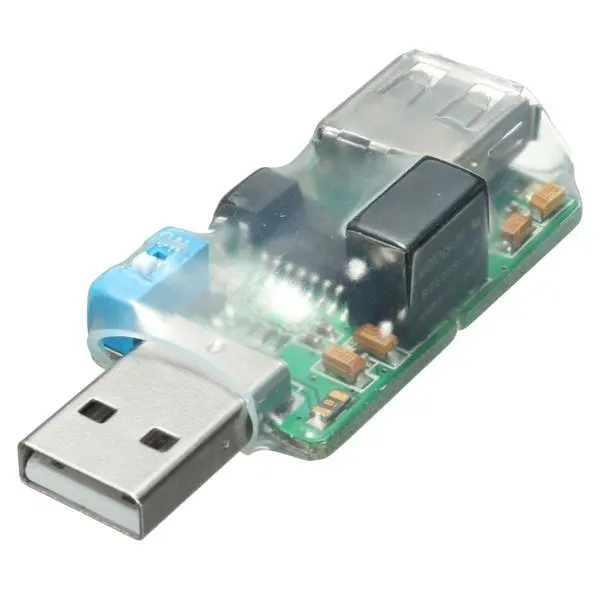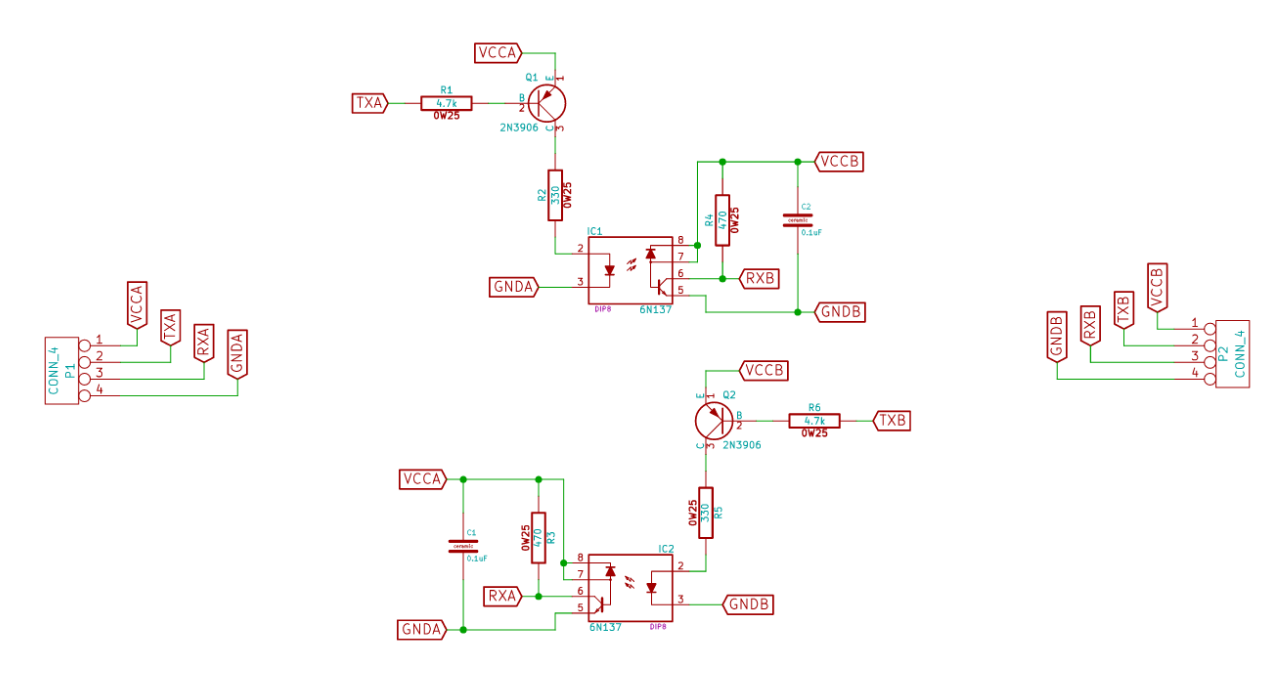

- #Usb optical isolator serial#
- #Usb optical isolator drivers#
- #Usb optical isolator full#
- #Usb optical isolator software#

The SIE may be built into a microprocessor, so it may provide only the D+ and D– lines to the peripheral. The host initiates all transactions, which then follow a well-defined sequence of data exchanges between host and peripheral, including provisions for when data is corrupted and other fault conditions.
#Usb optical isolator drivers#
The SIE handles all flow of control on the bus, enabling and disabling the line drivers and receivers as required. During operation, the SIE formats all data according to the required transfer type, as well as provides error checking and automatic fault handling. During enumeration, when a peripheral is first connected to the cable, the SIE provides the host with the configuration information and power requirements. This specialized controller-or portion of a larger controller, which usually includes the USB transceiver hardware-takes care of the USB protocol.
#Usb optical isolator serial#
Standard elements of USB.Ĭontrol of this complex data structure is handled at each end of the cable by a serial interface engine (SIE). Each frame can contain bits for clock synchronization, data type identifier, device address, data payload, and an end-of-packet sequence. The data is organized into data frames or packets. When a device is attached to the bus, currents in the passive resistor configuration negotiate for speed, as well as establish a nondriven idle state. These lines can also carry single-ended data, as well as idle states that are implemented with passive resistors.

The USB physical layer consists of only four wires: two provide 5-V power and ground to the peripheral device the other two, D+ and D–, form a twisted pair that can carry differential data (Figure 1). When this system was created, consumer applications were emphasized connections had to be simple and robust, with controllers and physical-layer signaling absorbing the complexity.
#Usb optical isolator full#
USB operates at three data transfer rates: low speed (1.5 Mbps), full speed (12 Mbps), and high speed (480 Mbps). Many data transfer modes handle everything from large bulk data transfers for memory devices, to isochronous transfers for streaming media, to interrupt-driven transfers for time-critical data such as mouse movements. Up to 127 devices can exist on the same hub-and-spoke-style network. Supported by all common commercial operating systems, it enables on-the-fly connection of hardware and drivers. USB is the serial interface of choice for the PC. This breakthrough product allows simple, inexpensive isolation of peripheral devices-especially including the D+ and D– lines-increasing the usefulness of USB in medical and industrial applications. In particular, a new option, the ADuM4160 1 USB isolator, is now available from Analog Devices. This article discusses various ways of applying isolation with USB. It has been difficult and costly to provide the necessary isolation for medical and industrial applications, however, so USB has been principally used for diagnostic ports and temporary connections. USB, which has come to replace RS-232 as a standard port in personal computers and their peripherals, has features that are far superior to the older serial port in nearly every respect. Its low speed and point-to-point nature were tolerated because it was universally available and well supported. Another available communication standard, RS-232, though slow, fit well into medical and industrial environments because it allowed easy implementation of the required robust isolation. These legacy standards had been inherited from the earliest mainframe computers. In the early days, personal computers were provided with serial and parallel ports as standard interfaces to the outside world.
#Usb optical isolator software#
Standardization, cost, and the availability of software and development tools have made the PC very attractive as a host-processor platform for medical and industrial applications, but the safety and reliability requirements of these growing markets-especially regarding electrical isolation-are very different from the office environment that has historically driven the design of the personal computer. The personal computer (PC), currently the standard information-processing device for office and home use, communicates with most peripherals using the universal serial bus (USB). Digital Isolator Simplifies USB Isolation in Medical and Industrial Applications


 0 kommentar(er)
0 kommentar(er)
